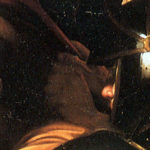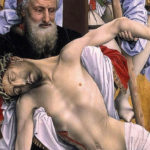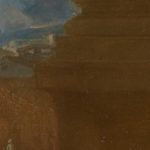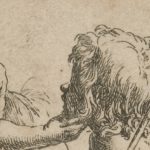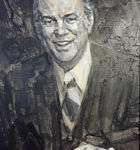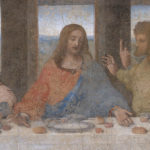
Cultures vary on their interpretation of death, both in the way expired persons’ bodies are treated and in the social/personal management of the change that death brings into the lives of those remaining. As at birth the family is accented in the life origin, the family is usually accented in life ending. The family is not only perceived as something of the beginning and ending of an individual’s life, but is treated legally as a means of managing the beginning and ending of a life. The death of a person has an ongoing meaning, no matter how small, in a period following the death. At this writing a new prince has been born to the royal family of Windsor in… Read more

